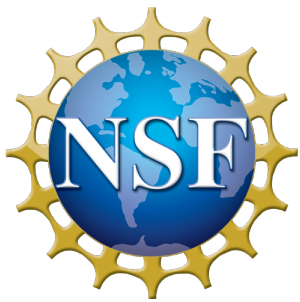March 11th, 2016 | RESEARCH
Chemistry plays a critical role in daily life, impacting areas such as medicine and health, consumer products, energy production, the ecosystem, and many other areas. Communicating about chemistry in informal environments has the potential to raise public interest and understanding of chemistry around the world. However, the chemistry community lacks a cohesive, evidence-based guide for designing effective communication activities. This report is organized into two sections. Part A: The Evidence Base for Enhanced Communication summarizes evidence from communications, informal learning, and chemistry education on effective practices to communicate with and engage publics outside of the classroom; presents a framework for the design of chemistry communication activities; and identifies key areas for future research. Part B: Communicating Chemistry: A Framework for Sharing Science is a practical guide intended for any chemists to use in the design, implementation, and evaluation of their public communication efforts.
Document
(no document provided)
Team Members
Teresa Fryberger, Principal Investigator, National Academies of Sciences, Engineering, and MedicineCitation
Identifier Type: doi
Identifier: 10.17226/21790
Identifier Type: isbn
Identifier: 978-0-309-43808-7
Identifier Type: isbn
Identifier: 978-0-309-37752-2
Funders
Funding Source: NSF
Funding Program: AISL
Award Number: 1238273
Related URLs
Full Text via The National Academies Press
Communicating Chemistry in Informal Settings
Tags
Audience: Administration | Leadership | Policymakers | Evaluators | Learning Researchers | Museum | ISE Professionals | Scientists
Discipline: Chemistry | Education and learning science
Resource Type: Reference Materials | Report
Environment Type: Exhibitions | Informal | Formal Connections | Media and Technology | Professional Development | Conferences | Networks | Public Programs

